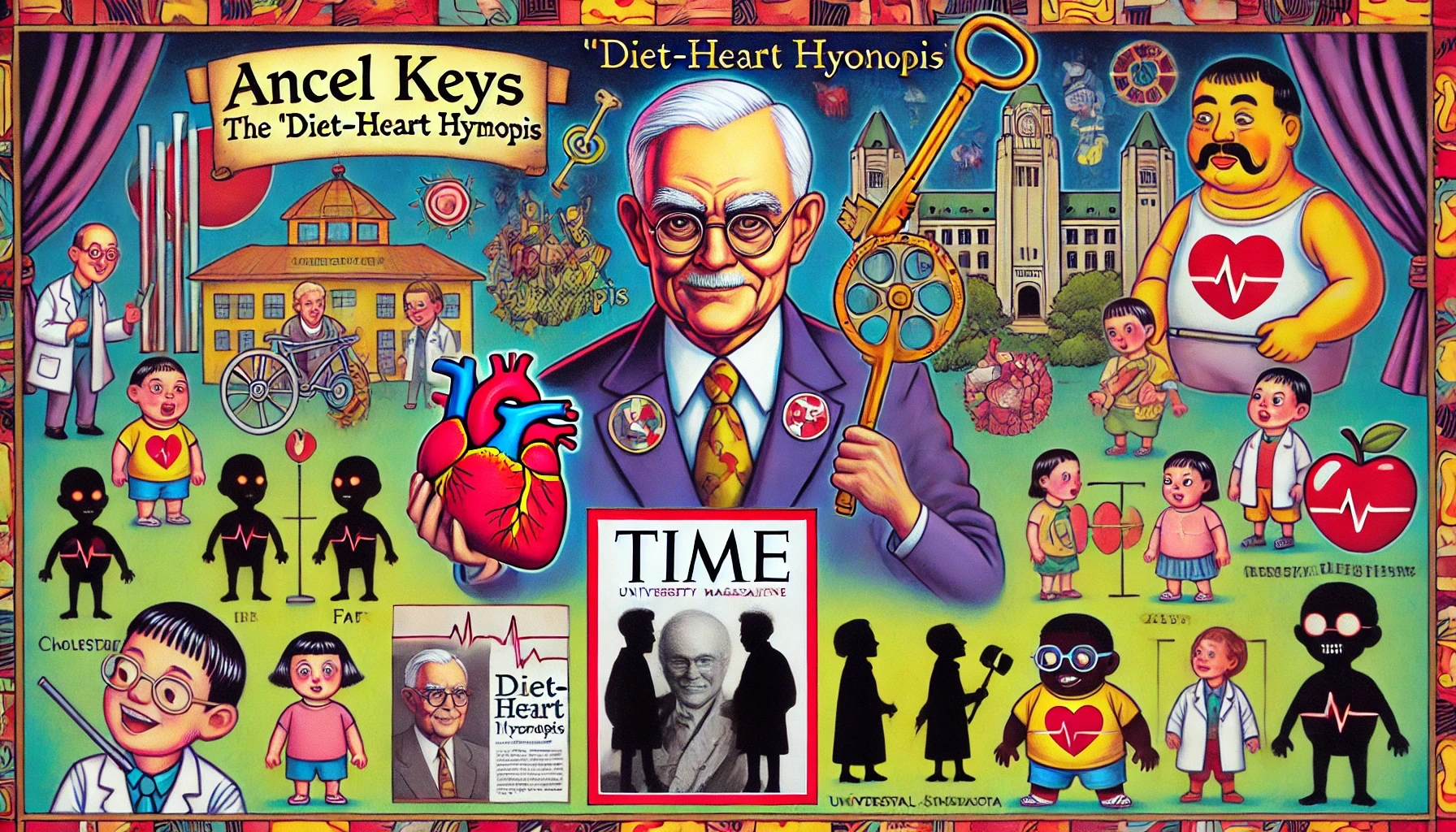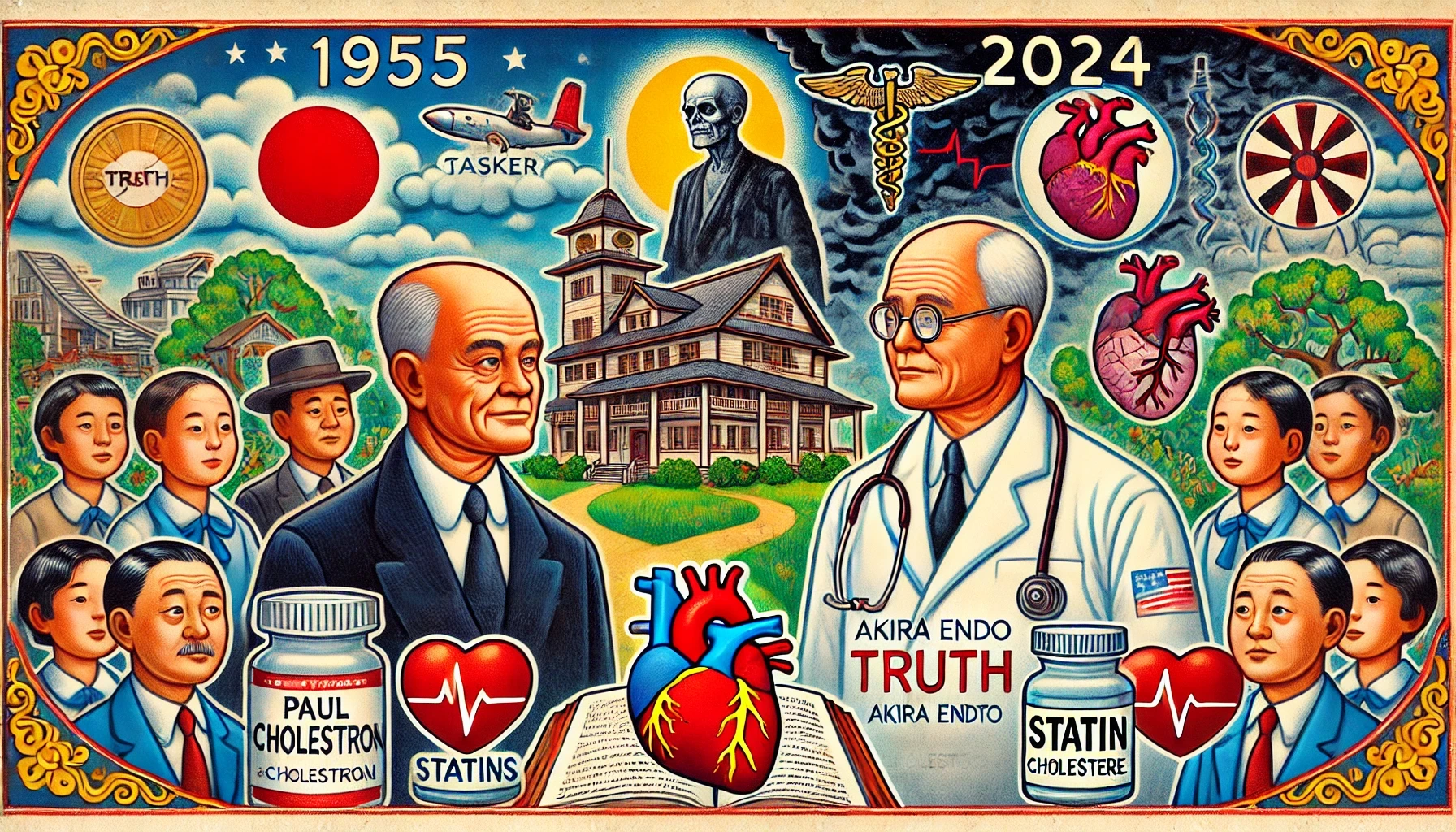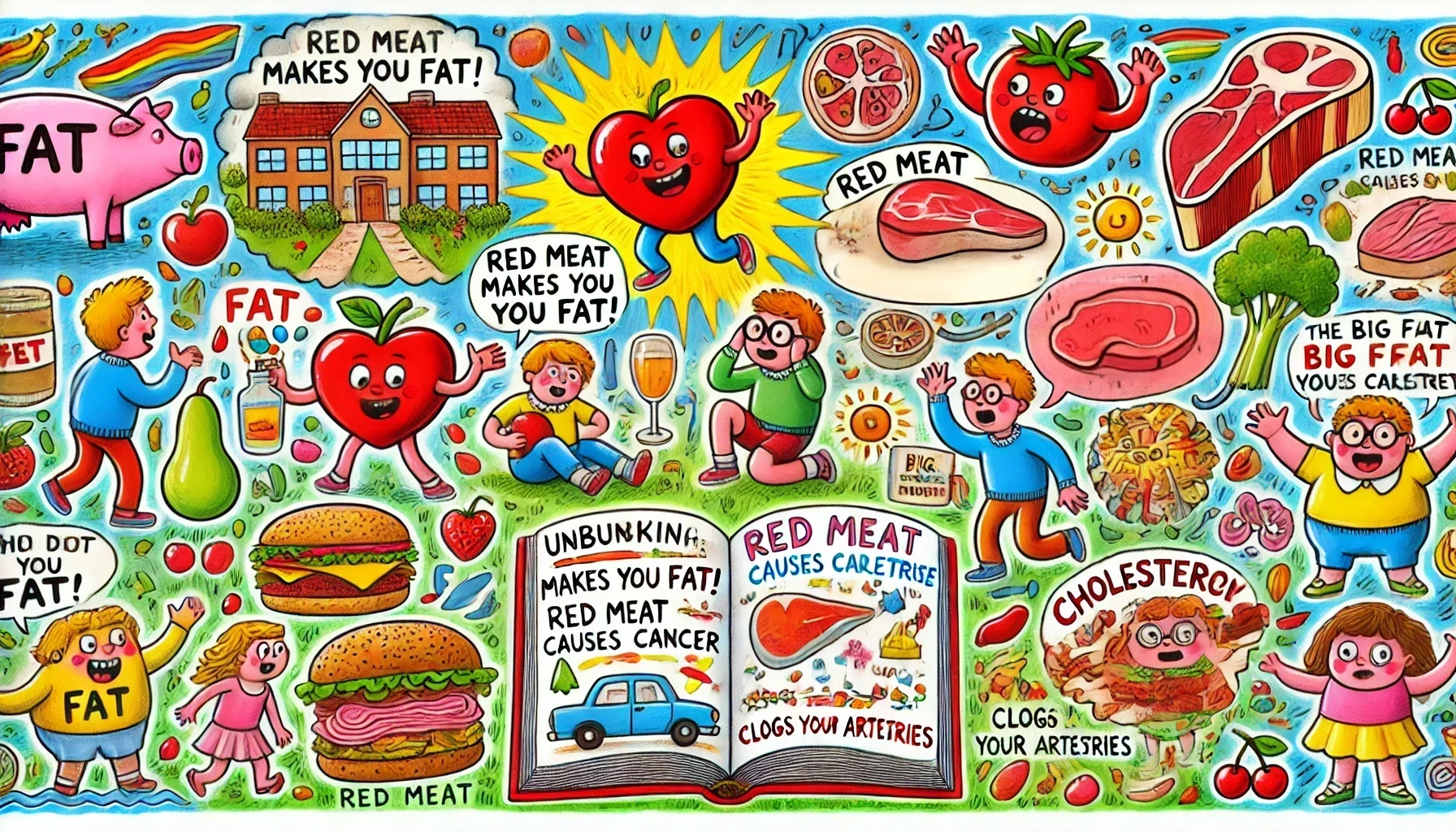ZENPTY.

Silencing Dissent: How Ancel Keys' Hypothesis Dominated Nutrition Science
Sep 2, 2024
Although Ancel Keys promoted his diet-heart hypothesis without hesitation through the Seven Countries Study, he faced vocal critics.
One notable skeptic was George Mann, a Vanderbilt biochemist who studied the Masai in Africa. Mann observed people thriving on diets of meat, blood, and milk, with some of the lowest cholesterol levels in the world and no heart disease. These findings directly contradicted the diet-heart hypothesis.
Mann was also an associate director of the Framingham Heart Study, one of the most famous heart disease investigations, which studied over 5,000 subjects from Framingham, Massachusetts. In 1961, after six years of research, the Framingham investigators announced that high total cholesterol was a reliable predictor of heart disease.
The year 1961 was crucial for Keys and his diet-heart hypothesis. He achieved three significant victories: one within the American Heart Association (AHA), another on the cover of Time magazine, and a third at the National Institutes of Health (NIH). These three entities were pivotal in the world of nutrition, and as they embraced Keys’s ideas, they institutionalized and propagated them for decades.
The AHA, founded in 1924, was initially small and underfunded. In 1948, it received a significant boost when Procter & Gamble donated $17 million in today’s dollars through a radio contest. This allowed the AHA to grow rapidly, hiring professional fundraisers and launching nationwide campaigns. By 1960, the AHA had more than 300 chapters and an annual income of over $30 million, making it a leading authority on heart disease.
Initially cautious about the link between cholesterol and heart disease, the AHA shifted its stance when Keys and his ally, Jeremiah Stamler, joined the nutrition committee. They convinced the committee to endorse the diet-heart hypothesis, leading to a 1961 report recommending that Americans reduce saturated fat and cholesterol intake and substitute polyunsaturated fats like corn and soybean oil.
This was a significant triumph for Keys. The AHA's influence on heart disease was unparalleled, and its dietary guidelines became the gold standard of nutritional advice worldwide. Keys’s hypothesis was effectively embedded in the AHA’s recommendations, driving the organization’s growth and perpetuating his ideas.
Two weeks later, Time magazine featured Keys on its cover, calling him “Mr. Cholesterol” and quoting his advice to drastically reduce dietary fat and saturated fat. The article portrayed Keys as authoritative and unyielding, advocating for drastic dietary changes as the “only sure way” to avoid high cholesterol.
The rest of the media followed suit, supporting Keys’s hypothesis. The New York Times and other major publications promoted his views, and influential health columnists like Harvard’s Jean Mayer and the New York Times’ Jane Brody helped spread the message. The media’s support further solidified Keys’s position and influenced public opinion.
Keys also leveraged his position within the AHA to control the NIH. The AHA and NIH were closely linked from the start, with influential figures like Paul White, a founder of the AHA and a close ally of Keys, guiding both organizations. The NIH’s budget for heart disease research grew substantially, and together with the AHA, it controlled the majority of research funding, ensuring that Keys’s hypothesis dominated the field.
George Mann, aware from the Framingham study data that saturated fat was not linked to heart disease, faced significant obstacles. The NIH, influenced by Keys, prevented Mann from publishing his findings, and his data remained unpublished for nearly a decade. When finally released, the Framingham study showed that lower cholesterol was associated with higher mortality, but by then, Mann’s career had suffered. He was barred from prominent AHA publications and lost his NIH grant.
For every million dollars spent by the AHA and NIH trying to prove the diet-heart hypothesis, it became harder for them to consider alternative ideas. Despite the high failure rate of studies on the diet-heart hypothesis, these results were minimized or distorted to maintain institutional credibility.
As Keys’s bias became institutionalized by the AHA and NIH and amplified by the media, dissenting scientists were marginalized. This led to the low-fat, high-carb lifestyle that has contributed to today’s metabolic issues.
Next: Nutritional Myths and Nuclear Risks: The Parallel Stories of Regulatory Capture
This is part 5 of the series on “The Big Fat Surprise.”
A Carnivore Journey: How Letting Go of Carbs Opened New Doors
Nutritional Myths and Nuclear Risks: The Parallel Stories of Regulatory Capture
Ancel Keys and the Diet-Heart Hypothesis: A Deep Dive into Flawed Science
Unmasking the Villain: Ancel Keys and the War on Saturated Fat
From Eisenhower to Endo: The Evolution of Heart Health Myths
Red Meat, Cholesterol, and Fat: Challenging Conventional Wisdom






